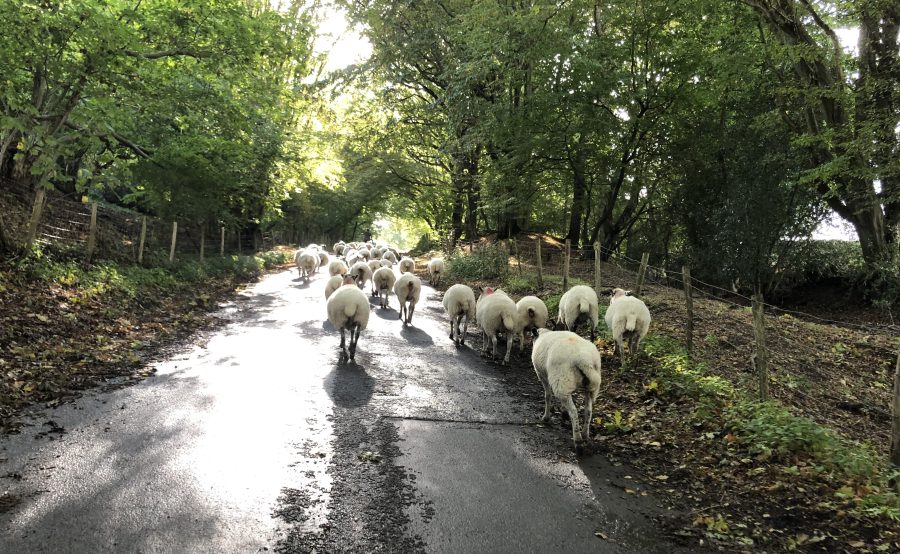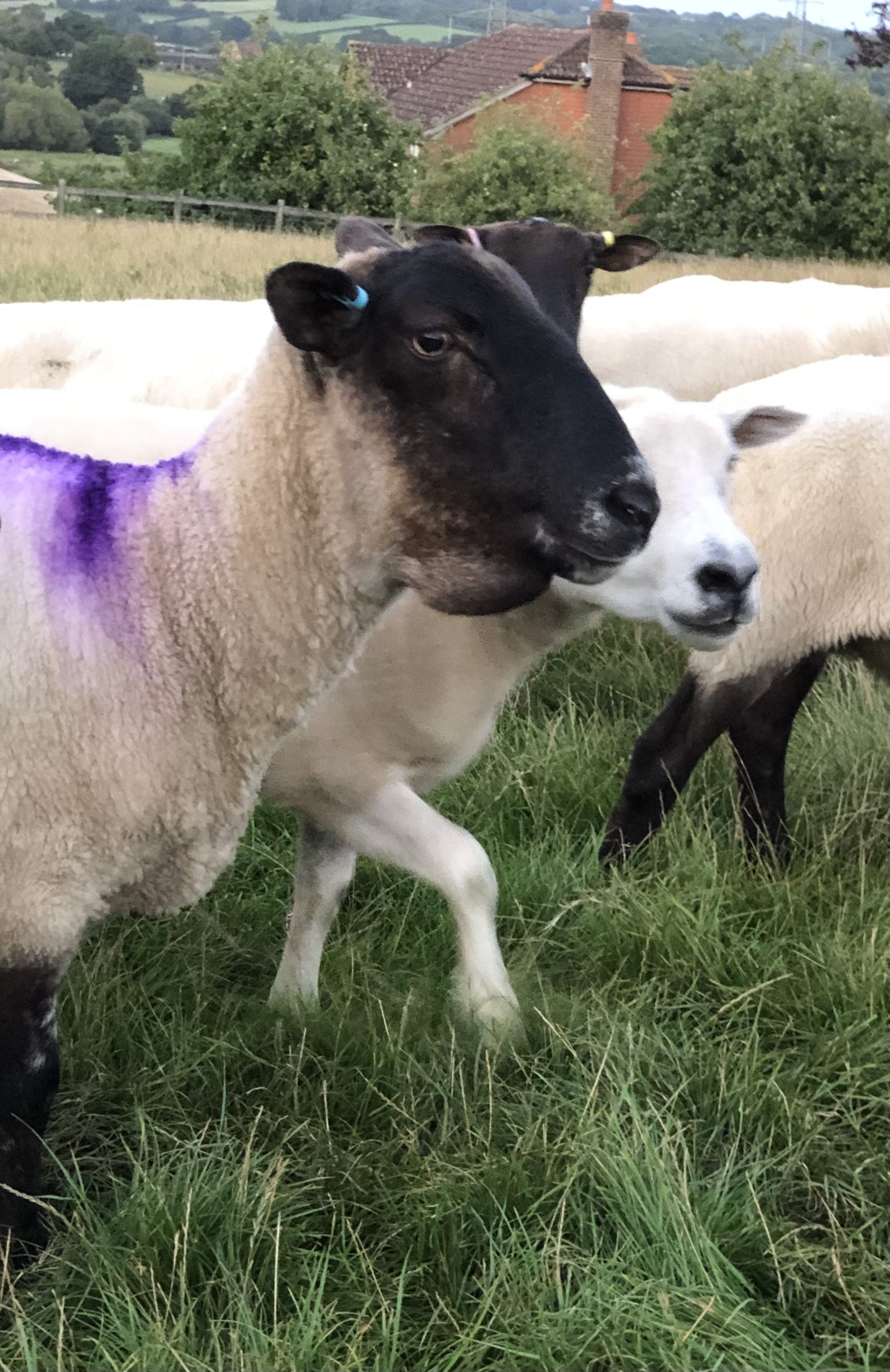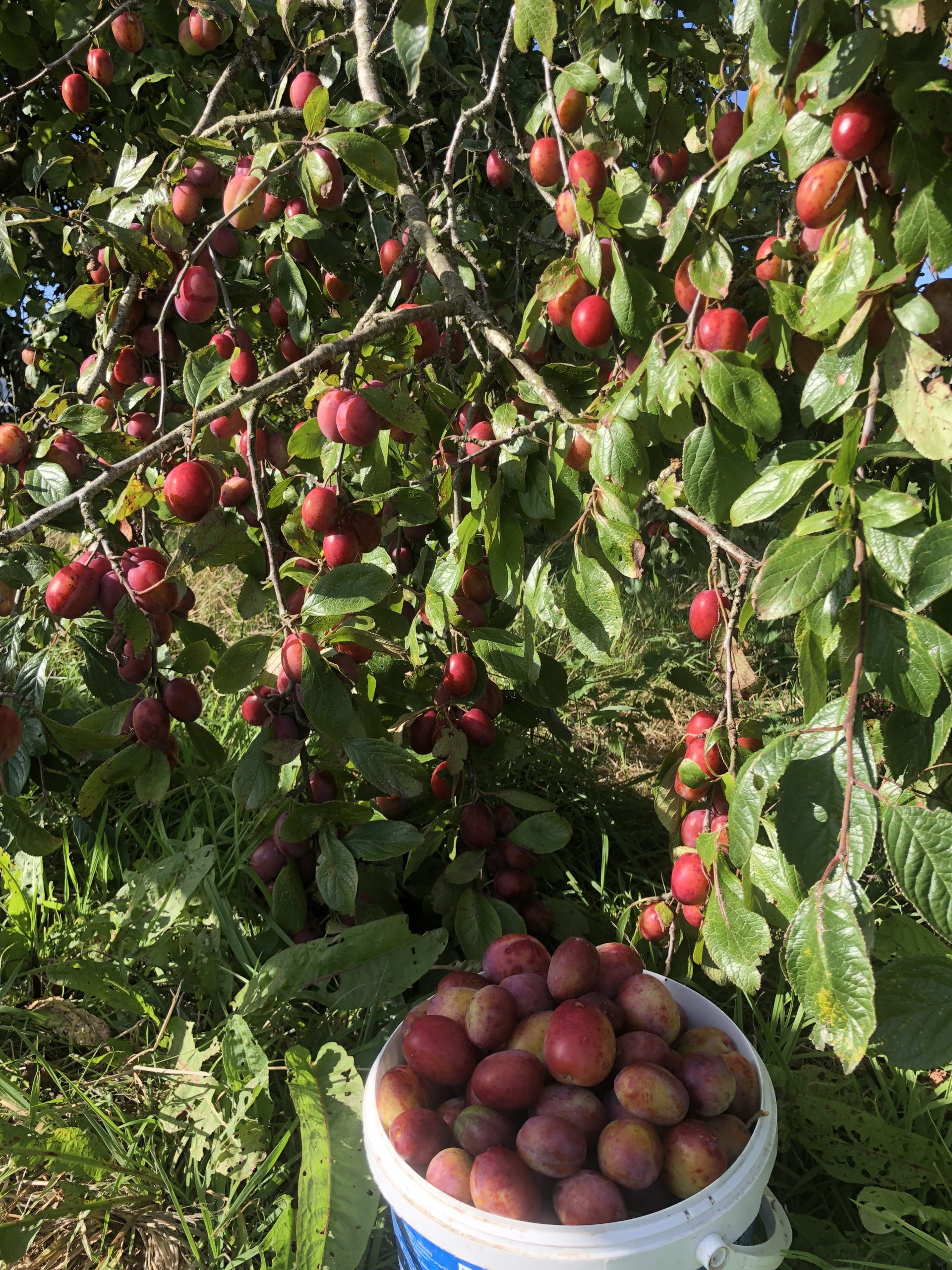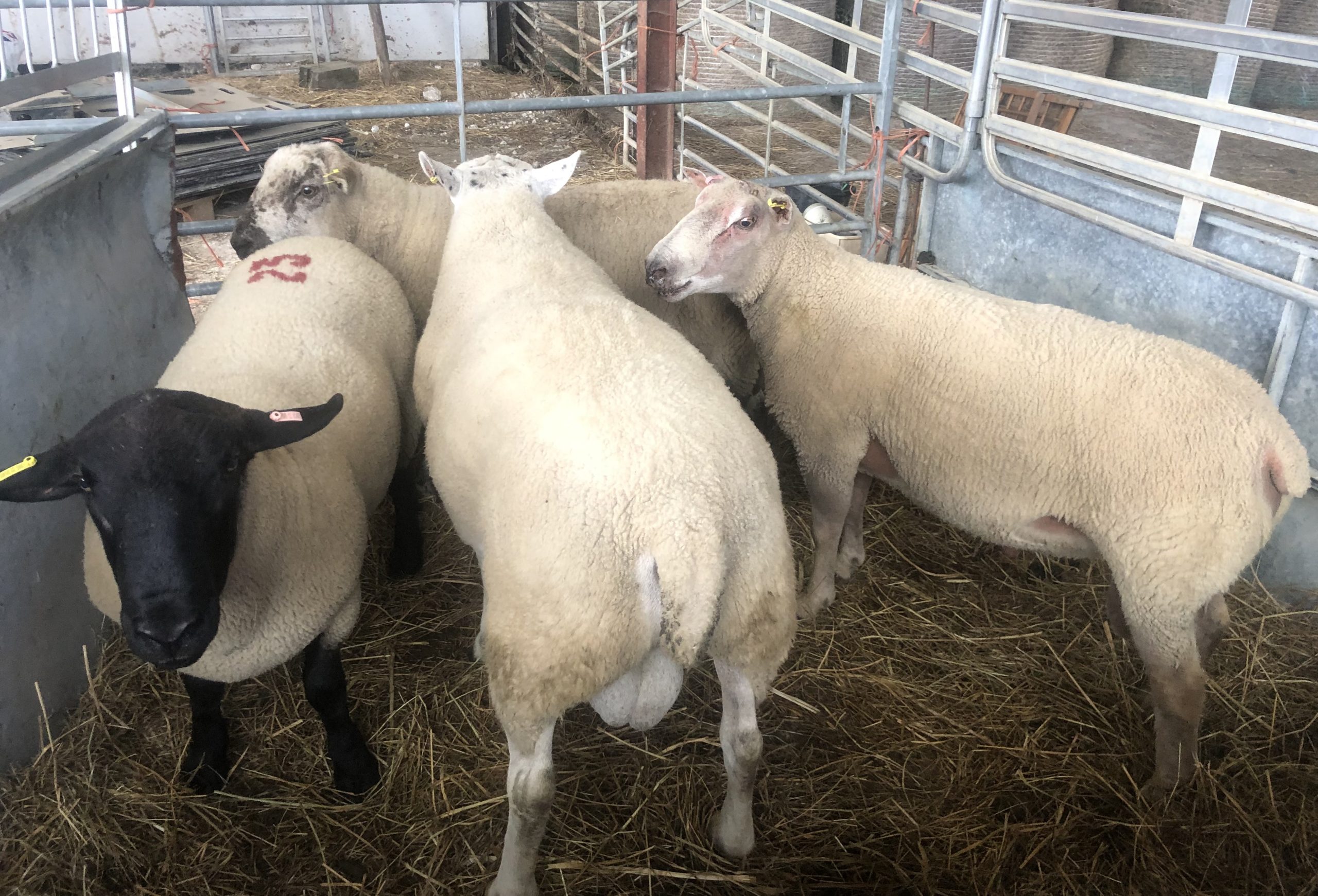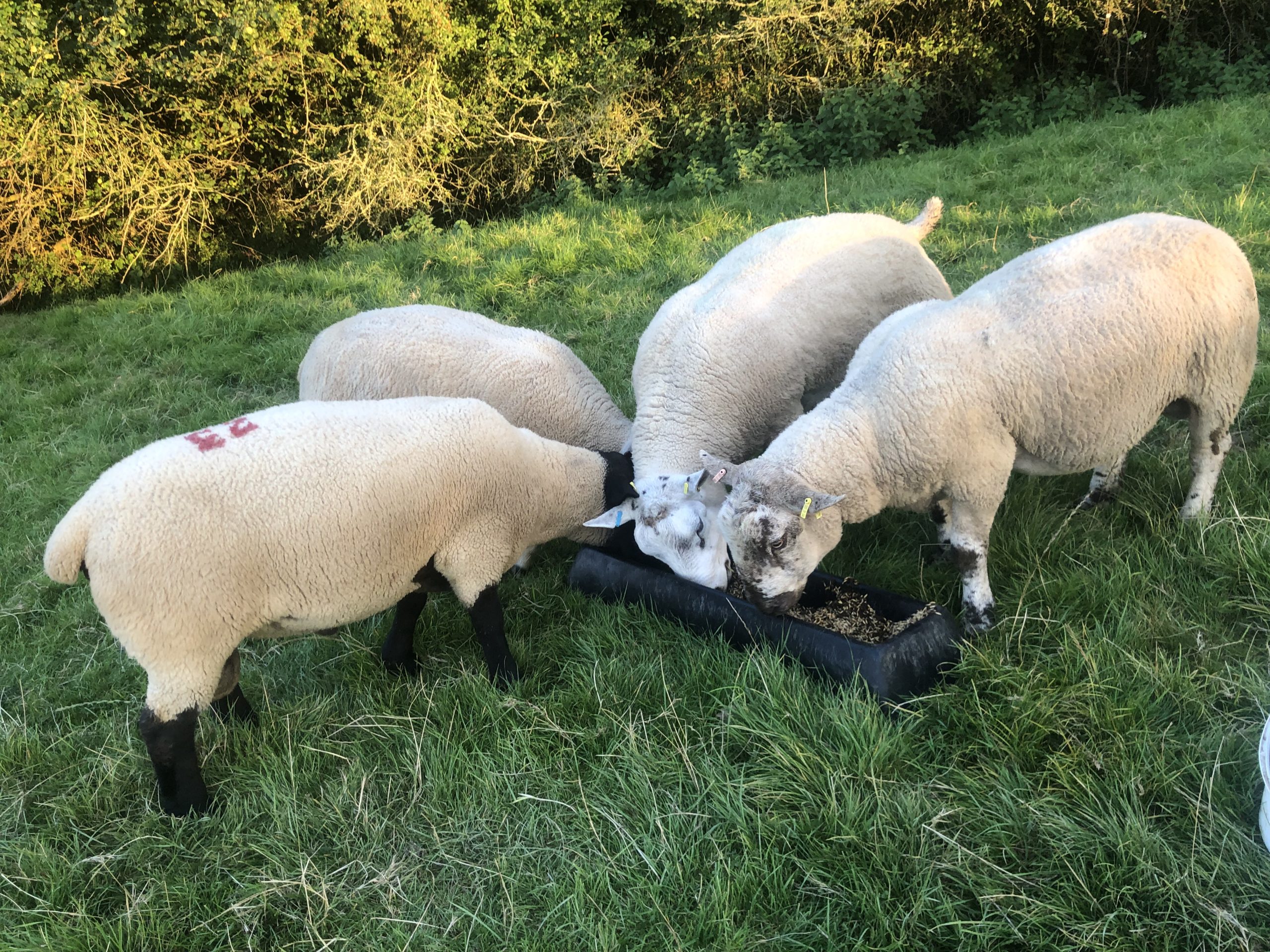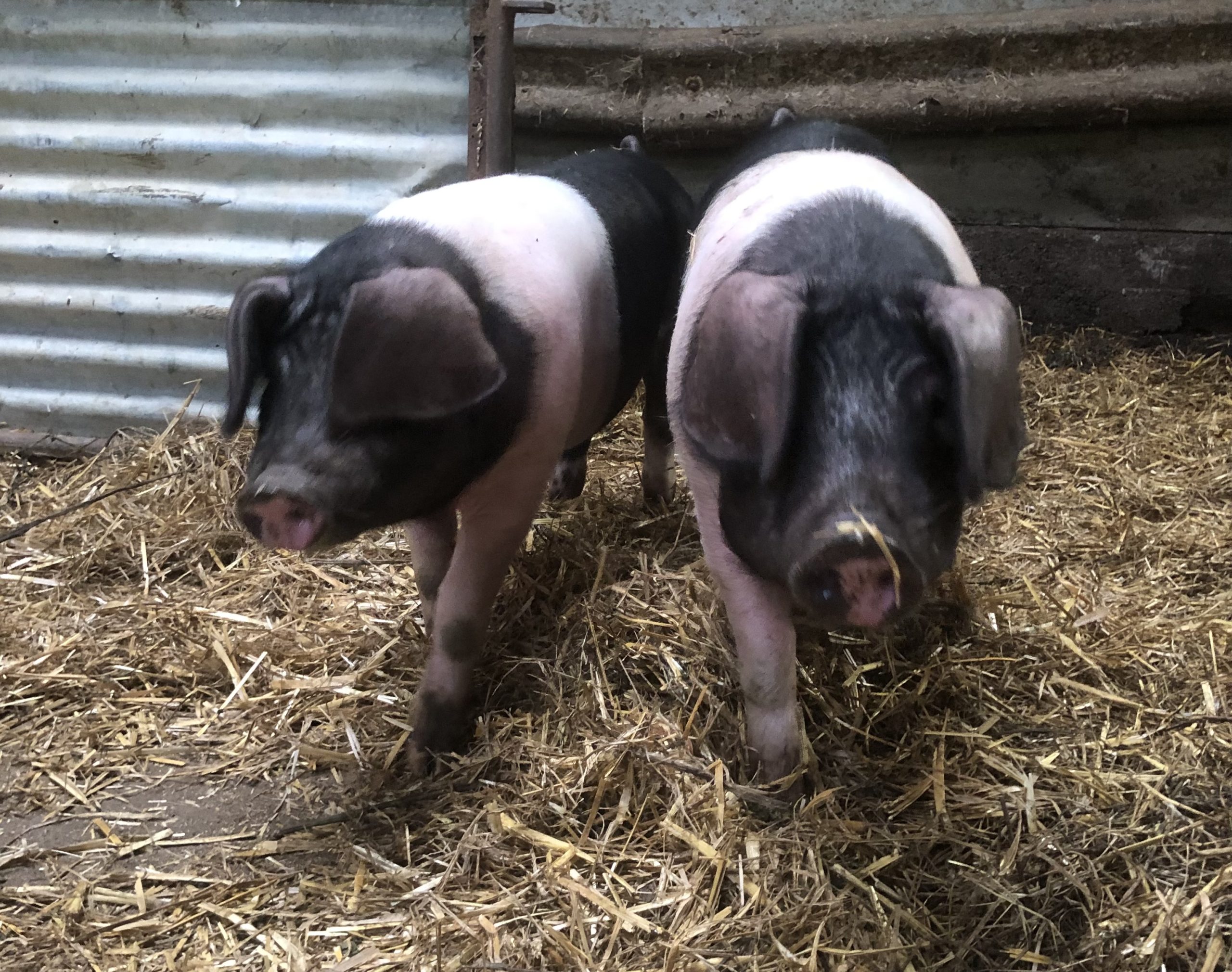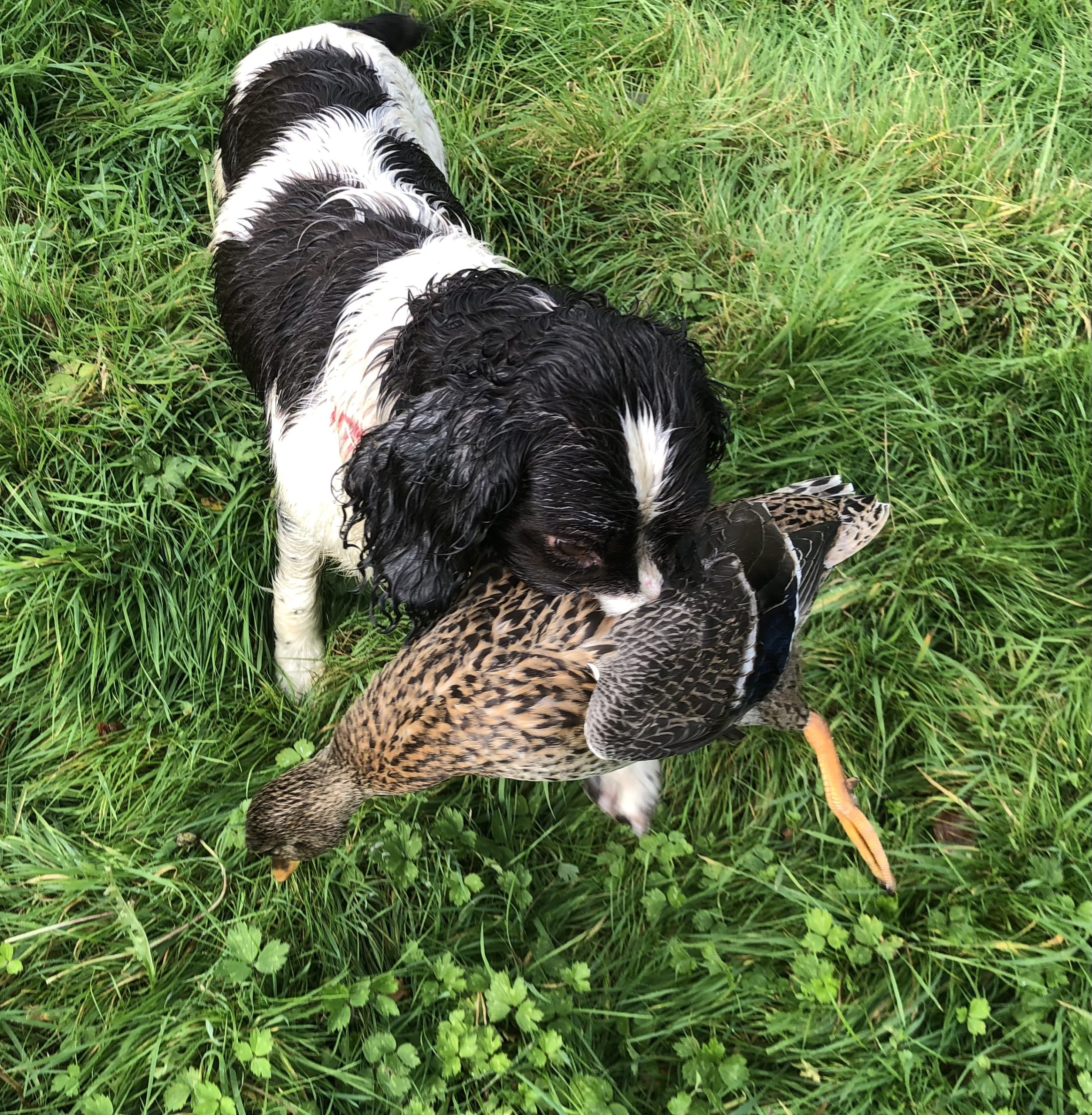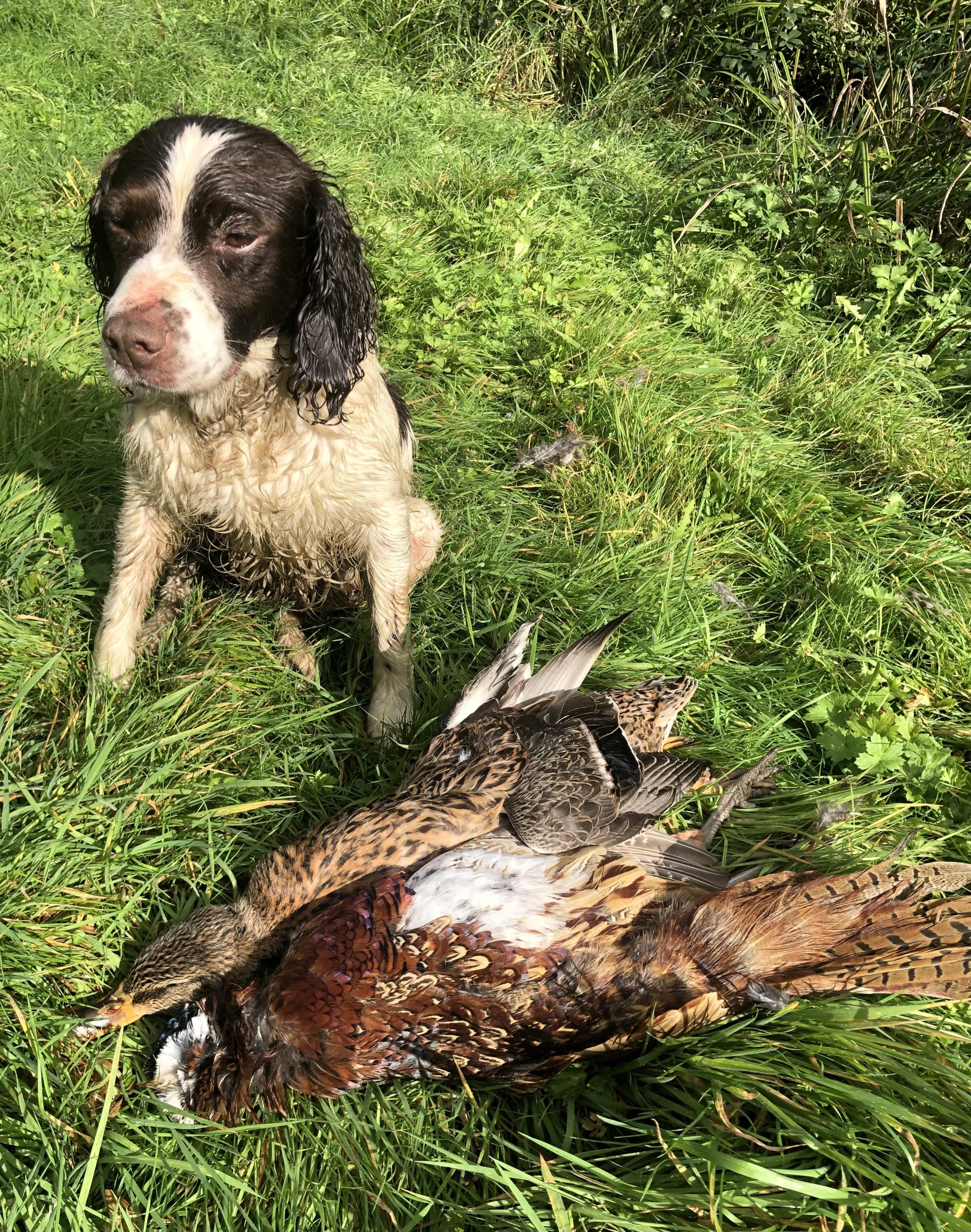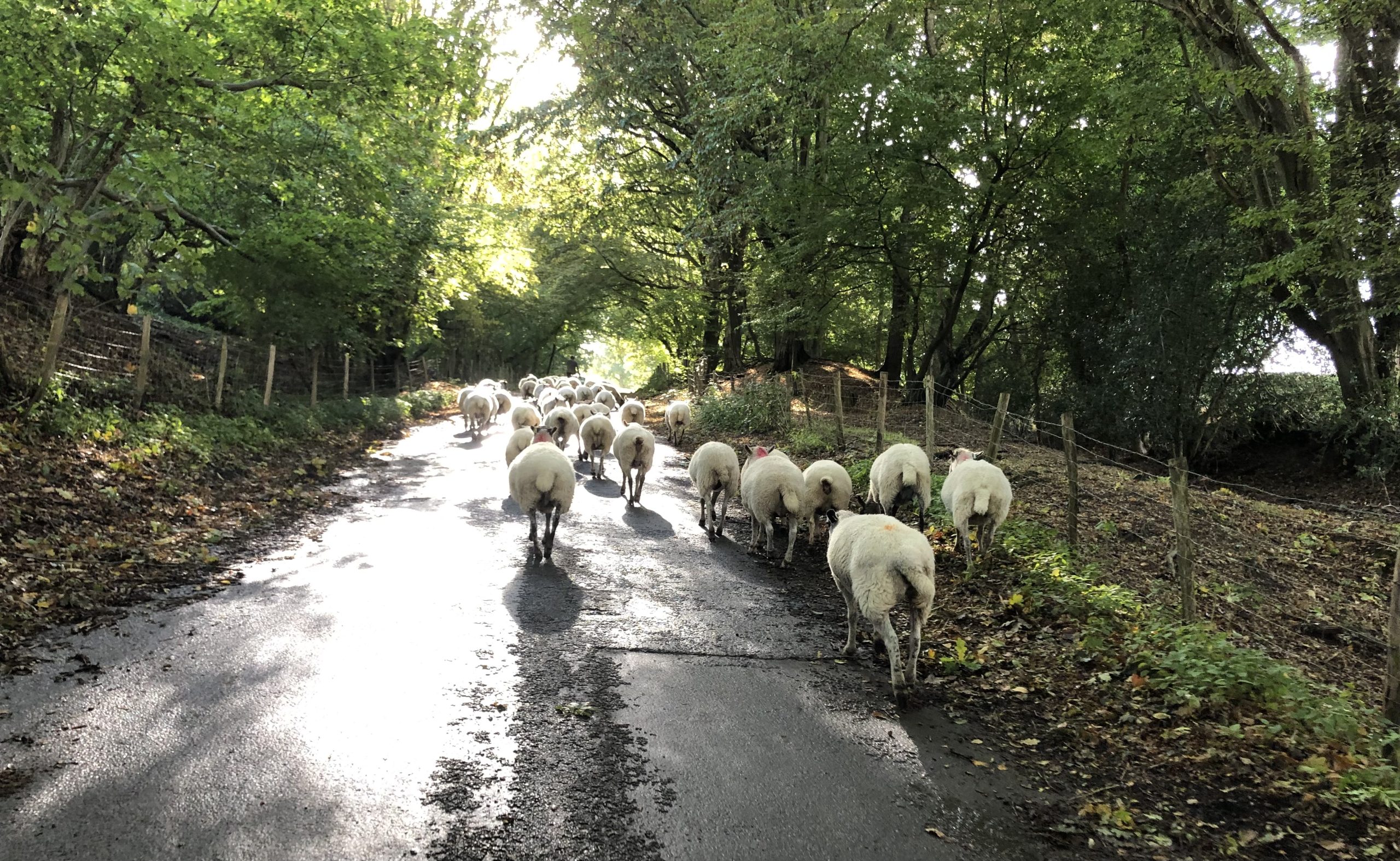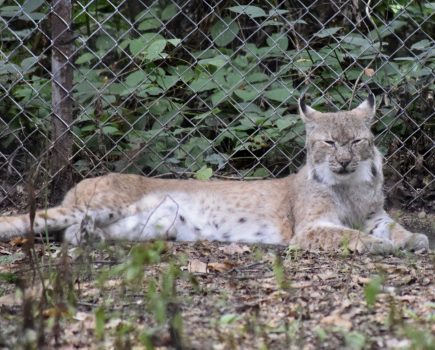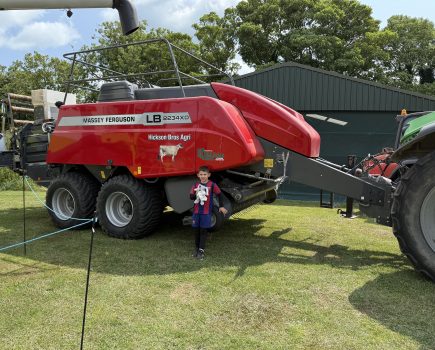Do you like shopping? I’m not a huge fan, but it’s a necessity of life. Going around supermarkets is a chore I don’t relish; shopping locally is more interactive and better fun. My favourite type of shopping is ram buying. Admittedly if it’s an auction I find it a little nerve wracking, but that makes it an enjoyable challenge. It can be quite entertaining, especially when a ram takes a flying leap in the direction of the auctioneer and jumps out of the sales ring. That ram certainly had fire in his belly and, come the tupping season, let’s hope he puts his excess energy to good use.
Over the years we’ve purchased rams in a variety of different ways. Livestock markets, at Dolphin fair and on-farm privately from breeders. Years ago, we visited a breeder in Cheshire who took us to a field where his dogs penned a couple of hundred rams, and he told us to take our pick. I found the large choice slightly overwhelming, but after much deliberation we picked out the ones which in our opinion had the best conformation. Over-fed rams melt, but these were in their working clothes and mainly grass fed, supplemented with a little sugar beet. We bought three and when put to work they kept their condition well, so nowadays I always feed sugar beet in preparation for tupping.
This year we needed just one Suffolk ram, so we ventured through the leafy lanes that lead to Hole farm, Hadlow Down. Here, James Hamilton had 25 smartly presented, registered high index Suffolk rams penned for inspection, prior to the inaugural on-farm sale. I must admit that I’ve never studied EBVs (Estimated Breeding Values). This means the breeder has performance recorded the flock, weighing the lambs at eight weeks and again at 17 to 21 weeks when they are ultrasound scanned for loin muscle and fat depth.
My understanding is that selecting a ram with a higher index score indicates the ram has better genetical potential to improve flock productivity and thereby profitability. The latter is what I’m after.
These Suffolk rams had indexes ranging from 257 to 390. I bid on several of the rams, so was quite chuffed when finally my bid was successful. The index for this particular ram is 313. I’ve named my new purchase Hamilton and I’m looking forward to seeing his progeny next spring. It’ll be interesting to discover how well the lambs grow and finish. Initially we penned Hamilton with our other rams, allowing them to get acquainted and sort out their egos before being turned out together into the field.
There’s a footpath that runs through our farm and I was not best pleased with the walker who couldn’t be bothered to use the stiles or shut gates. While hosting a family lunch, looking through the kitchen window I spotted the ewes all clustering around our rams, who looked somewhat bemused by this sudden unexpected pleasure. Lunch was put on hold while the rams were hastily removed. I’m really hoping we don’t get too many early lambs.
I’ve sorted the ewes, culling hard, consulting records and outing a few old favourites. I’m not buying in or keeping any replacements and anything that doesn’t lamb will be going. I’ve decided to consolidate the flock, only keeping those that are prepared to earn their keep.
I’m not going to miss the lambing challenges associated with ewe-lambs. I will miss Thelma. Her dental state is grim, she’s been a true leader of the flock. There’s one old ewe who had bottle jaw, which was treated, and who got quite weak. I’ve been giving her sneaky individual feeds to boost her energy levels and I’m happy that she’s recovered. Conflictingly, I’ll feel a mixture of sadness and relief when she’s no longer my responsibility.
This autumn has been kind, giving recently sown crops the chance of a good start. The hedges are laden with berries, which does rather make me wonder whether there’s a harsh winter on the horizon. I’ve distant memories of the winter of 1963, and with today’s energy costs, I’m hoping such conditions are consigned to history.
The little tree in the garden went plum crazy, boosting our food stores, with much jam making and freezer filling done during September. Most recipes used now include plums or apples, both of which actually go well with pheasant, which is handy as the shooting season has started, much to the spaniels’ delight.
In the field with my lambs, I was amused to see a stag with magnificent antlers having a nap in the sunshine. A couple of does standing nearby alerted him to my presence; he soon jumped up and hopped over the fence and together they disappeared into the wood.
Autumn sunshine is precious, because with winter looming it’s understandable that everyone wants to soak up the last of the natural warmth. One afternoon, two of my daughters persuaded me to accompany them paddle boarding. The gentle sounds of the water were relaxing. It was fascinating seeing the swallows flitting above the water chasing after the insects, topping up their reserves before migrating. The setting sun was stunning.
In a world of discord and with news stories full of atrocities, it’s good to redress the balance and see that beauty still exists. The next morning I ached; I suppose paddle boarding uses non-farming muscles. At least I didn’t fall in.
Hockham farm has new inhabitants. They’re known as ‘The Trotters’, two boys named Del Boy and Rodney, Saddleback X Gloucester Old Spot weaners bought from Dexter, a young man starting out on his farming ventures who lives on a nearby farm. Loading them proved tricky, so we decided to unload by carrying them. The pigs protested loudly about this undignified method, but were safely transferred to Fort Knox pig palace. On arrival the piggies weren’t very brave but were clever at disguising their location by hiding in the straw. They’re getting bolder and proving to be entertaining in a comical way. They certainly love food.
Pig movements have to be registered online. if you phone the help line, our telephone bill revealed it’s expensive.
- Paddle boarding was tranquil
- Dexter with his saddleback sow
- Ewe with bottle jaw
- Plum crazy
- Introducing Hamilton to other rams
- No fighting yet
- Tilley bringing back a duck
- Tilley loves the shooting season

